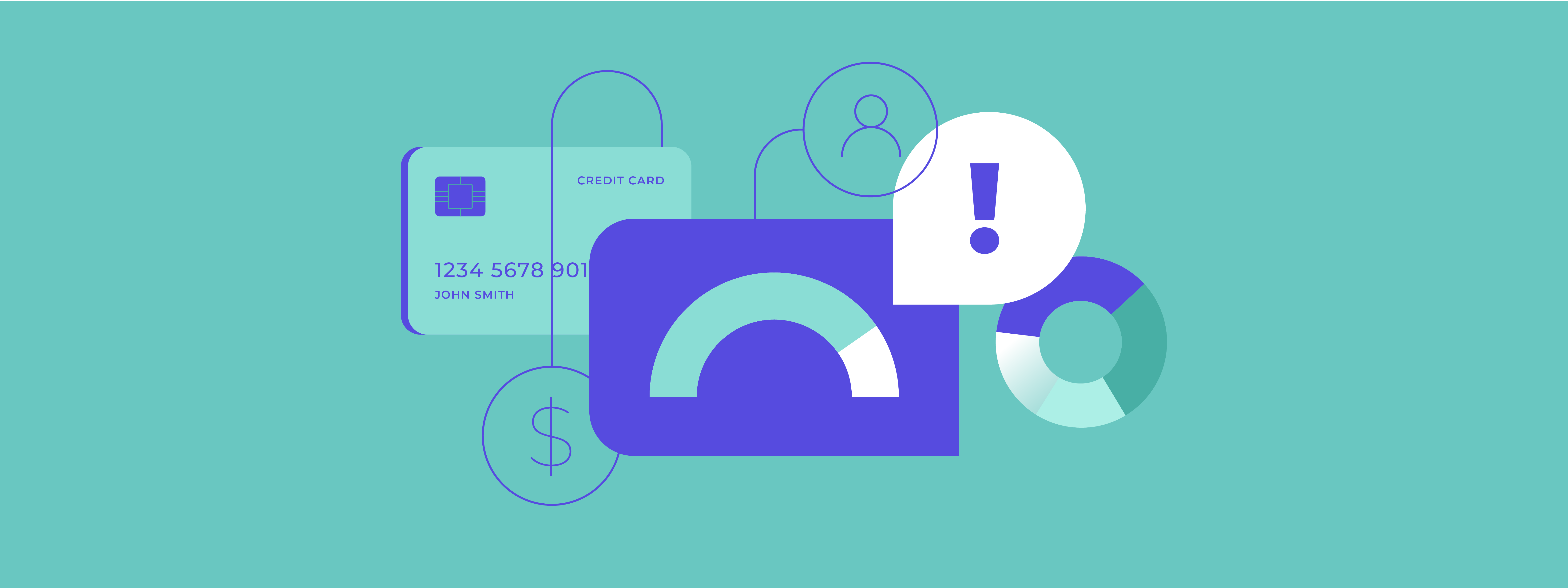
Have you ever considered whether or not your customers could pay when it comes down to the details of a bill? Well, about 38% of B2B invoices in Canada go on to be overdue. That means that there is a large chance that customers are not paying on time.
So how can you prevent this? One thing you can do is pull a credit check on someone.
If you want to know how to do a credit check with no impact on your credit score, keep reading this guide!
What Is a Customer Credit Check?
If you need to assess the risk of a customer, you can perform a customer credit check. This is what you as a business would do, or a bank, insurance company, or a lender will perform to check the credit. This credit check is meant to evaluate the likelihood that a customer will pay when payment is due by looking at their payment habits, the loans that they have out, and their current credit scores.
Doing this can prevent a lot of unnecessary headaches down the road. But how do you do it?
How to Run a Credit Check on Someone Else
If you want to run a credit card check on someone, you need to get the right information first. However, not all customers are going to willingly tell you the right information that you need to run a credit card check.
So what happens if you don’t get the information from them?
Use a Credit Bureau
You can first check with a credit bureau. A credit bureau will provide a credit report for sale to lenders. This gives all the details that you may possibly need, such as sales, invoice activity, and credit limits that the customer or customer business has.
According to TransUnion, credit scores will typically be between 300 and 850. If it runs at 721 or higher, this is considered to be a great credit score.
However, it is important to note that not all information is relevant and up-to-date. That means that it may not accurately reflect the credit score or creditworthiness of the company or customer. So what happens next if you aren’t sure what to believe?
It is always the best practice to combine credit assessment tactics and credit reports together.
Use Trade References
You may also want to ask your customer for different information. This could be trade references. A trade reference could be a bank or another business that the customer uses that could provide an existing line of credit.
This information could give you how much credit has been extended to them and if they were ever late to pay.
Again, this may not always be fully accurate. A customer can always choose to provide trade references that shed them in a good light and leave out the ones that do not.
Trade Credit Insurers
Trade credit insurers require a credit check process before they are offered. This means that checking with them can be beneficial since they already have the credit report.
Assessing Risk
Now that you know how to run a credit check on someone, you need to know exactly how to assess risk. Here are a few key considerations as you review a credit report or the information provided by one of the above.
The first thing you want to look at is profitability. If there is a lot of turnover from the customer company, this can be a bad side. Additionally, if you see that there are higher profits coming in, this means that the company/customer is more stable.
The second thing to look at when assessing risk is the cash flow that the company or customer has. If there are a lot of long-term payment terms as well as no cash resources, this can be a customer or company that will put you in a bad spot if you choose to let them. You do not want to get involved if there is not sufficient liquidity in an account.
Lastly, always look at the debt-to-income ratio. If the earnings are making up for the debt payments, then that is no problem. However, if it is the other way around, this is problematic. You want a lower ratio number, meaning that you have a company or customer that is making more than they are needing to pay.
How to Refuse
After getting credit score details, you may realize that it is in your best interest to refuse customer credit. To do this, simply provide a short note letting them know that you will not be able to do business with them. This can be short and to the point.
However, sometimes you may decide that taking the risk is the way to go. If you decide to take a risk, you may want to consider asking for a few payments upfront to work with them. This can ensure that although you are taking a risk, you are getting cash upfront and getting evidence that they will pay down the line.
Now You Know How to Do a Credit Check
Are you ready to start working with customers or businesses that are ready to convert? In reality, it is way better to generate customers instead of just leads!
Well, we can help you. At Accumulate AI, we help you gain customers that pay and rehabilitate the ones who haven’t, so that you don’t even have to worry about knowing how to do a credit check. Ready to learn more?
Book a demo with us today.


